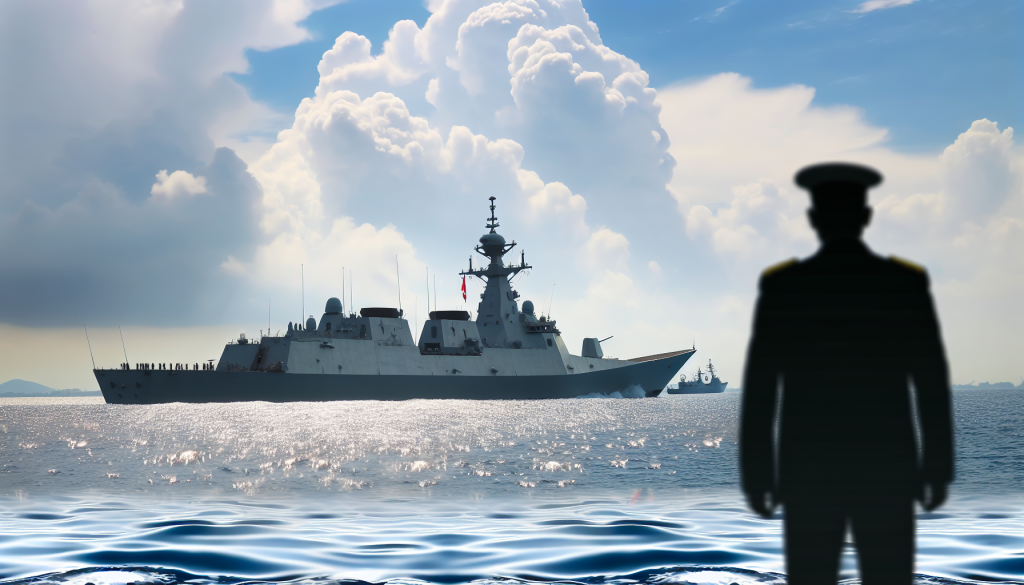North Korea’s Naval Strength: Kim Jong Un’s Visit to the Choe Hyon Destroyer
On October 6, 2025, North Korean leader Kim Jong Un made a significant visit to one of the country’s newly launched warships, the Choe Hyon. This event, reported by state media, marks a notable moment in North Korea’s ongoing development of its naval capabilities and military strategies.
The Choe Hyon: A New Addition to the Fleet
The Choe Hyon is one of two 5,000-ton destroyers recently added to North Korea’s naval inventory. Both vessels were launched this year, signaling Kim’s intent to strengthen the nation’s maritime presence. During his visit, Kim stated that the destroyer embodies the capability to “punish the enemy’s provocations,” emphasizing North Korea’s readiness to assert its sovereignty in the increasingly tense regional waters.
Kim’s Statements and Military Implications
During his inspection, Kim declared that the Choe Hyon and its capabilities serve as a “clear demonstration” of the advancements in North Korea’s armed forces. He underscored the importance of this military asset by stating that it should operate effectively in the ocean to deter or retaliate against perceived threats. His remarks highlight a growing assertiveness in the North’s military posture, especially amid complex regional dynamics.
Technological Contributions and Regional Concerns
South Korea’s military experts speculate that the development of the Choe Hyon may have benefitted from Russian technological support. This collaboration is thought to be in line with North Korea sending thousands of troops to assist Russia in its conflict in Ukraine, further complicating international military relationships. The geopolitical implications of such partnerships are profound, as they could embolden North Korea’s military ambitions.
Insights into the Navy’s Operational Readiness
Photos released by the state news agency KCNA illustrate Kim immersed in the operational aspects of the destroyer, seemingly surveying control rooms equipped with advanced monitoring systems. These images, depicting Kim pointing at what appears to be military maps, symbolize not just a moment of pride but also a strategic overview of the regional security landscape.
Response to U.S. Military Activities
Kim’s visit coincided with his announcement regarding the deployment of “special assets” aimed at major targets in response to U.S. military build-up in South Korea. While specifics of these plans were not disclosed, they reflect North Korea’s ongoing campaign to counteract what it perceives as threats from American military exercises in the region. The U.S. maintains approximately 28,500 troops in South Korea, a presence designed to deter aggression from the nuclear-armed North.
Perceptions of Military Exercises
North Korea routinely criticizes joint military drills conducted by the U.S., South Korea, and Japan, interpreting these exercises as rehearsals for invasion. Conversely, the allied nations assert that these operations are purely defensive, aimed at ensuring regional stability in light of North Korea’s expanding military capabilities. This fundamental disagreement exemplifies the heightened tensions and mistrust that characterize inter-Korean relations.
Conclusion
Kim Jong Un’s visit to the Choe Hyon destroyer underscores North Korea’s commitment to enhance its military strength amidst evolving regional threats. The implications of this development reverberate through the geopolitical landscape, influencing both military strategies and international diplomatic relations. As the situation unfolds, naval advancements in North Korea will remain a focal point for stakeholders in the region.

